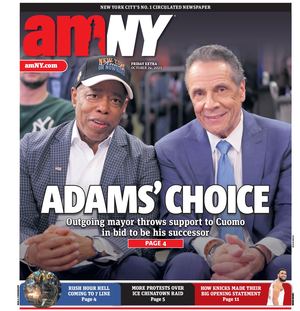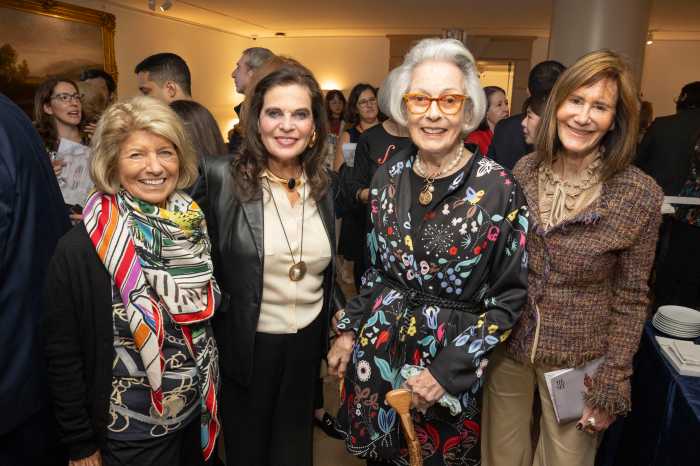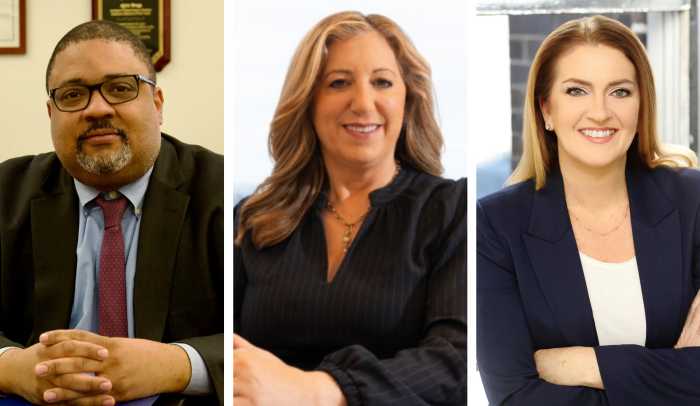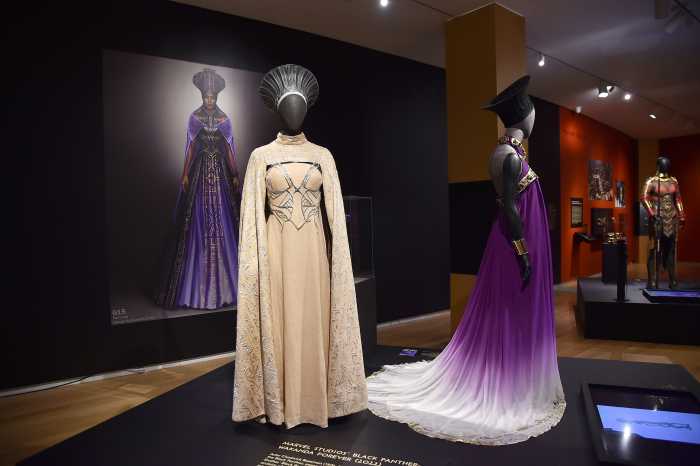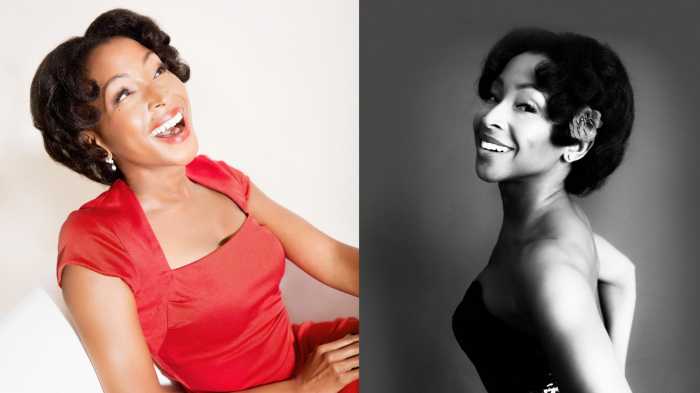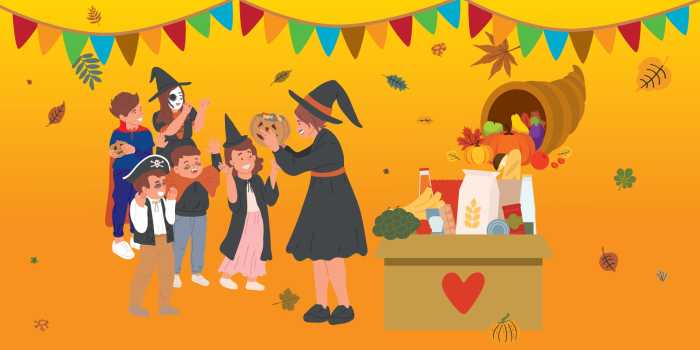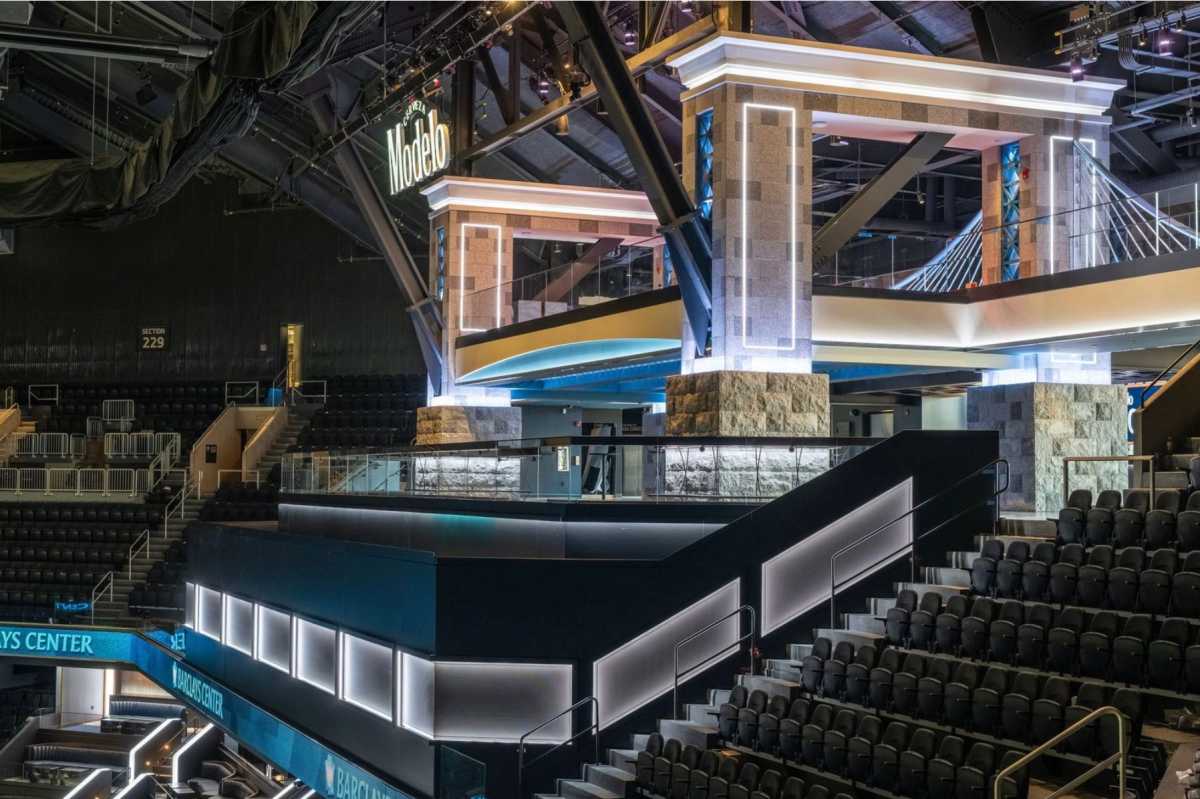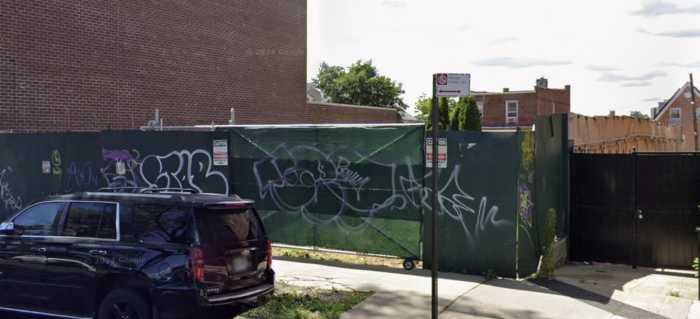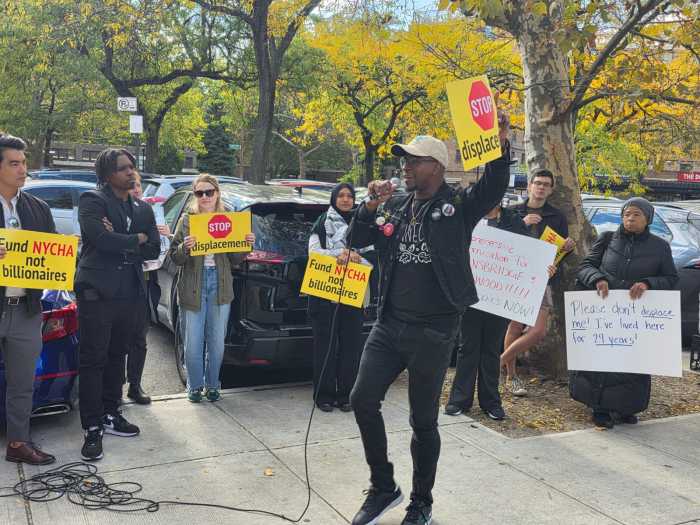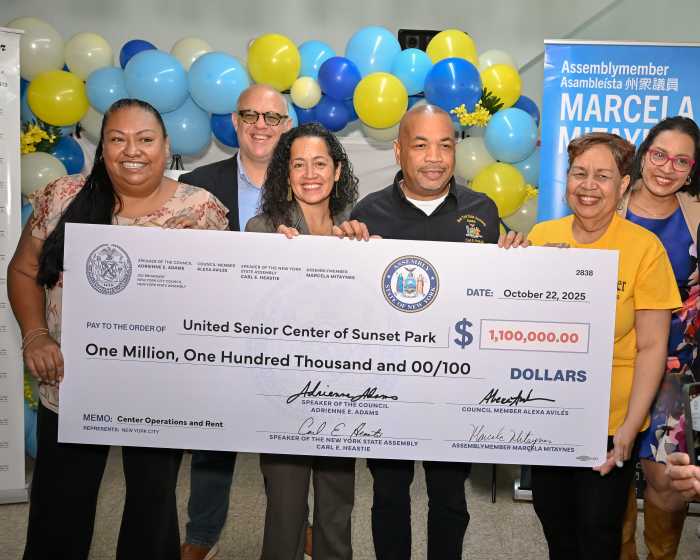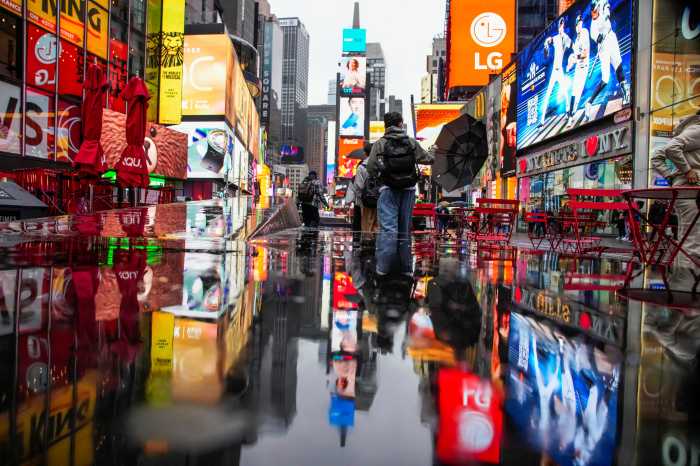By John Bredin
It’s been four years now since Bernard Tschumi’s iconic Blue building rose like a phoenix on the Lower East Side — or landed like a spaceship, if you prefer a sci-fi metaphor — to accentuate the wonders of difference; in a neighborhood that not only embodies the very essence of difference (culturally and historically) but wears it with chutzpah like a badge of honor.
With its angular, pixilated facade, Blue’s hue and aspect both change — as if in motion — depending on the time of day, weather and which perspective from the street you view it.
Its idiosyncrasy and pluck seem to mirror the colorful characters and personalities which have defined this storied working-class neighborhood, captured in the novels of E.L. Doctorow and Arthur Nersesian, and in films like “Once Upon a Time in America” and “The Night They Raided Minsky’s.” My personal favorite visual shots of Blue are from Delancey St., with its banal strip of gritty storefronts stretching to the Williamsburg Bridge. Here I detect a strange alchemy, one that both ennobles the grit and keeps the ethereal Blue from being too prettified.
To better appreciate (and understand) Blue, it helps to know something about the architect’s philosophy. Bernard Tschumi, a French intellectual, was influenced by literary and cinema theories (Barthes, Eisenstein) and by the political upheaval of May 1968. His work re-evaluates architecture’s role in the practice of personal and political freedom. (He’s no boring glass tower guy.) Believing there is no space without event, Tschumi designs spaces for what he calls the “reinvention of living.” He’d like his work to help people critically reinvent themselves as subjects. Talk about an amenity!
I decided to apply Tschumi’s dynamic concept of architecture to ideas I learned studying education at N.Y.U. — in particular, the link between human dialogue and what John Dewey called “socially constructed” knowledge. To figure out what Blue means (or might mean) I needed to hit the streets of the L.E.S. — to create my own event — and plumb the wisdom of strangers. Interestingly (or not surprisingly), the majority of those who were unresponsive to the beauty of Blue turned out to be business types, working in finance or marketing. Here was evidence of Dewey’s maxim, that to appreciate art it helps to know something about it. In stark contrast, nearly everyone involved in artistic or creative fields gave Blue rave reviews.
A block from Blue, at the corner of Norfolk and Rivington Sts. (across the street from Schiller’s Liquor Bar) an amazing mural says, “Friendship Starts With Good Communication,” in three languages: English, Spanish and Chinese. Under each caption are two pairs of human heads, facing each other in dialogue, with a third head looking out into the community.
Some of the strangers I asked about Blue were curious about its residents. “I’ve never met anyone who lives there,” said one. Another, with touching honesty, remarked, “I’d like to be friends with someone who lives there.” A hope articulated, this one straining toward the joy of human connection. Like the head gazing out from the mural.
